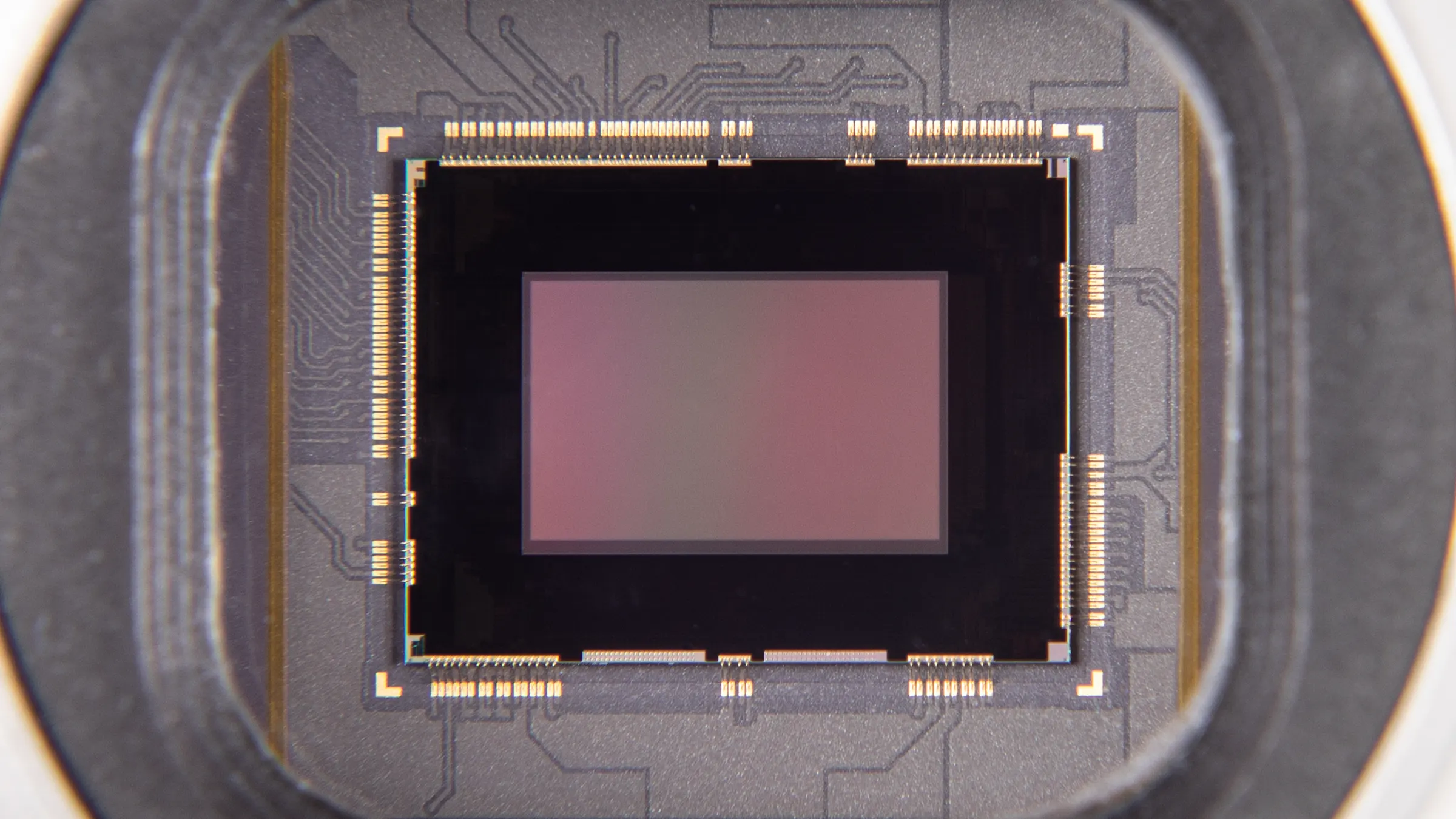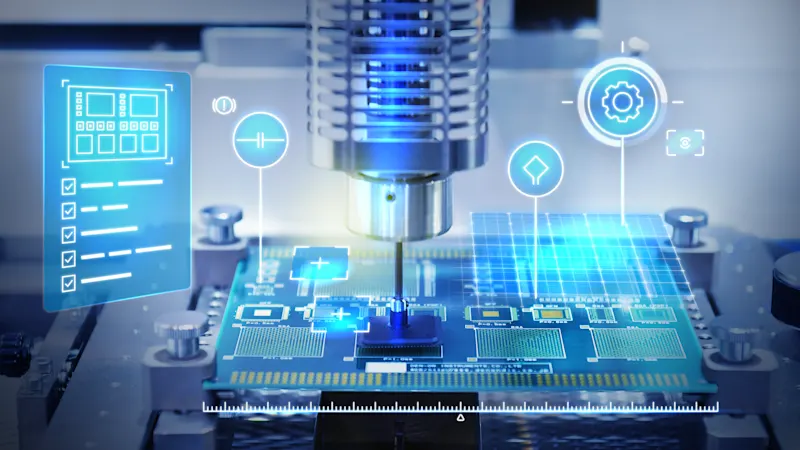CCD Sensors in Image Processing
CCD image sensors have long been used in photography, video surveillance, medical technology, and other applications. They convert optical signals into electronic signals and are able to deliver high-quality images with high resolution and color depth. Learn more about the functionality, application areas, and possible limitations of CCD sensor technology.

Les caméras CMOS modernes en remplacement des caméras CCD
Dans notre livre blanc, nous expliquons les avantages des capteurs CMOS modernes par rapport aux capteurs CCD :
Quand devriez-vous penser à changer la technologie de votre caméra ?
Comment choisir la nouvelle caméra succédant à l'ancienne ?
Quel est l’effort d’intégration nécessaire ?
Structure and function of CCD image sensors
CCD (Charge Coupled Device) sensors in digital cameras convert the incident light into electronic signals. CCD technology is based on the internal photoelectric effect: when light is incident, electrons are released from a layer of the semiconductor and transferred to a conduction band. The resulting charges are first collected in a so-called potential well before they are read out row-by-row or column-by-column. The charge is shifted from one potential well to the next. The signal is amplified at the end of the line. This analog voltage is converted into a digital value. All the data collected forms the raw image data (i.e. the data provided by the sensor without further processing).
CCD cameras in industry: application areas & limitations

CCD image sensors are used in many applications, including industrial image processing or security monitoring. They are particularly suited for applications that require high resolution and sensitivity, such as microscopy or semiconductor inspection.
However, sensor technologies in image processing are in a state of flux. Since 2015, there have been no further developments in CCD technology since Sony, the leading manufacturer, decided to discontinue the production of CCD sensors. In contrast, CMOS technology has been driven forward with major investments. CMOS sensors have long been able to keep up with CCD sensors and even deliver better image quality at a much lower cost.
Quand dois-je commencer à passer du CCD au CMOS ?
Outre les performances des capteurs CMOS, la disponibilité limitée des capteurs d'image CCD est également à l'origine d'un changement rapide de technologie. En général, il est possible de changer de technologie à tout moment. Un changement rapide se traduit souvent par un gain de performance dans l'application et par une réduction des coûts de la caméra. Il est préférable de déterminer quelle est l'option la plus judicieuse pour vous.
Checklist for the technology changeover
If one or more of the following questions can be answered with "yes", the switch to CMOS technology should be made. This applies both to existing systems and to new systems in development:
Do I want to increase the performance of my system through higher frame rates ?
Do I want an increase in performance so that I can see more, even in difficult lighting conditions ?
Is image interference, such as visible lines, blooming, or smearing, a problem?
Do I want to achieve a cost reduction in my system?
Is the existing sensor technology discontinued or will it be discontinued in the short term?
Comparison of different sensor technologies
What are the advantages of CMOS sensors? Find out more about the comparison of CCD and CMOS sensors here.
Comparison of CCD and CMOS sensors